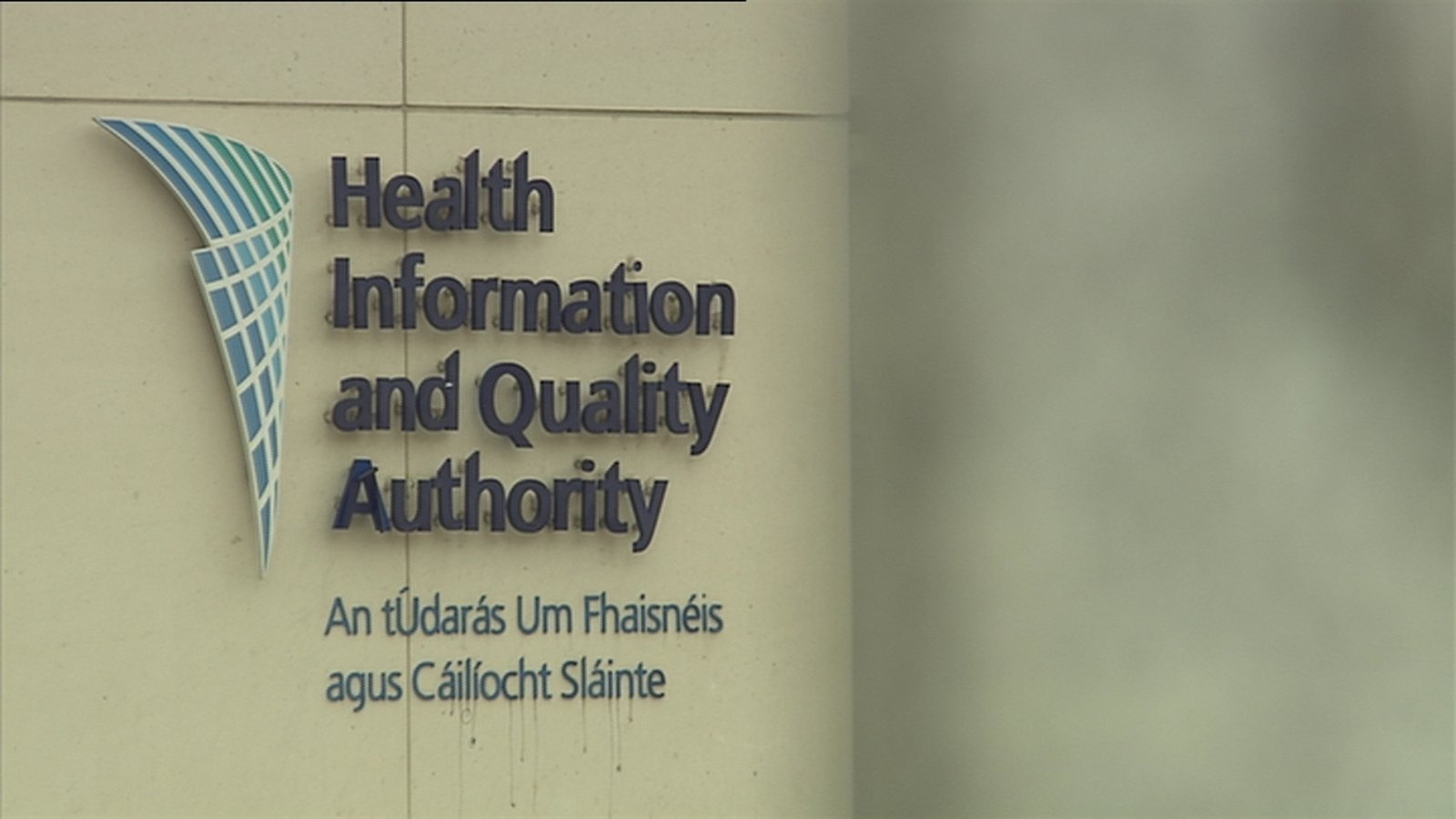When will the new National Children’s Hospital open?
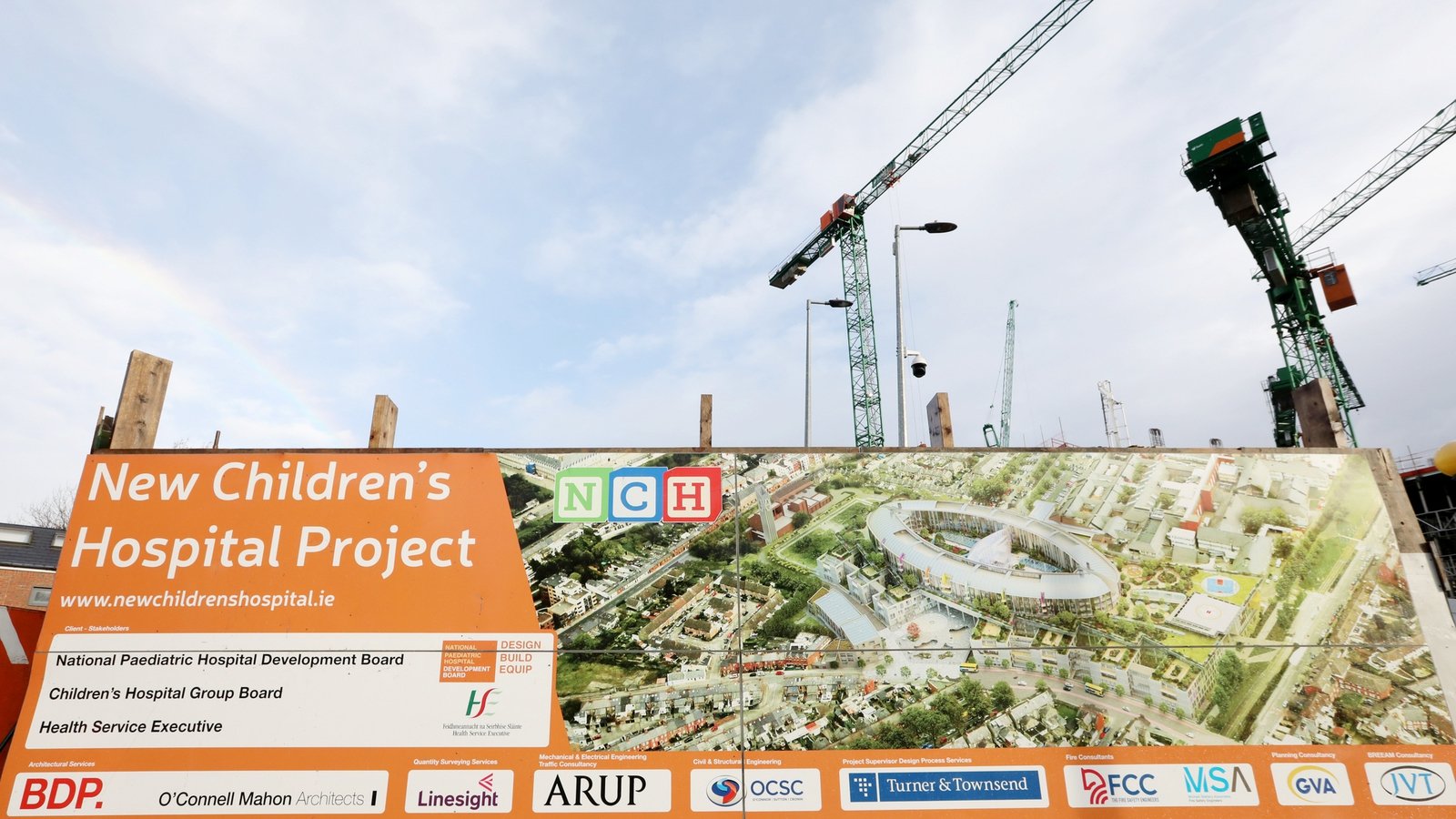
The new National Paediatric Hospital will be a world-class facility and mostly all-digital, with very little paper.
It will also serve the children of Ireland and support their parents for about 100 years.
But it will also remain long in the memory as a by-word for how a national public project should never be managed.
It will likely hold the unenviable record as the most expensive children’s hospital in the world and have taken around two decades to build and open.
What most Irish people want to know is when will the new national children’s hospital open and what will it cost?
It is remarkable that even at this late stage, no-one can answer those two fundamental questions.
What can be said from the evidence at this point, is that it may open in late 2025 or 2026 and will likely cost well over €2.5 billion. How did it get to this? Let’s look at the tortured history.
First proposed in 1993
The first suggestion for a new national children’s hospital, amalgamating the three in Dublin, emerged in 1993. That idea came from the Royal College of Physicians of Ireland, and it was Professor Brendan Drumm, later to be CEO of the new HSE who was heavily associated with the concept.
But it was not progressed further until a Task Force was set up in 2006 and recommended the Mater Hospital as the location, which the Government accepted in 2007.
A special purpose body, the National Paediatric Hospital Development Board (NPHDB) was set up, tasked with designing, building and equipping the new hospital. Two of its chairpersons resigned, one over the chosen location and the second over the decision by the new Minister for Health, James Reilly to review the location of the project.
Planning permission refused
Then came the bombshell news, which I revealed on RTÉ Radio’s Morning Ireland on 23 February 2012 – the decision of An Board Pleanála to refuse planning permission for the Mater project.
The agency did not like the height and scale of the hospital plan and so it was back to the drawing board.
There had been years of controversy and debate over the original Mater location choice, and also private entities had offered to build the hospital at no cost to the State, on a greenfield site off the M50 area.
A new group was set up to look at various options and recommended the St James’s Hospital campus as a good co-location site, with an adult facility, where there will also be, in the future, the new Coombe maternity hospital, which will re-locate there.
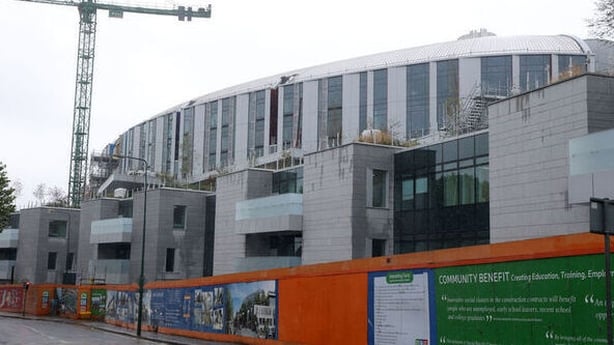
Builders appointed
The Government accepted this recommendation and the project got planning permission in 2016. Builders BAM won the contract and building began.
The original estimate cost of the new hospital was €650m.
Concerns about cost overruns began to be raised from 2018 and by early the following year, the construction bill had jumped to €1.7bn.
There was a memorable remark at the time from the then Health Minister Leo Varadkar – that short of an asteroid hitting the planet, the hospital would be built by 2020. Well of course as we all know, neither thing happened.
But we did experience the pandemic in 2020 and that delayed the project somewhat, when building stopped in March that year.
The new completion date was to be August 2022, but this was moved to November 2022 due to the impact of Covid-19.
Soaring costs
The Oireachtas Health Committee was told last year that the project would likely cost over €2.2bn. A range of factors were cited including building inflation costs, the pandemic, Brexit and the war in Ukraine.
We then had a new date for substantial completion of the end of October this year.
This week, there was news of further delays. The National Paediatric Hospital Development Board told the Public Accounts Committee that builders BAM had given a new date of February 2025.
However, David Gunning, Chief Officer of the NPHDB, warned that this is not a guaranteed date as the Board has not yet been given a programme document to assess to have confidence to accept this new delivery date.
A number of important issues also came to light at this week’s PAC hearing.
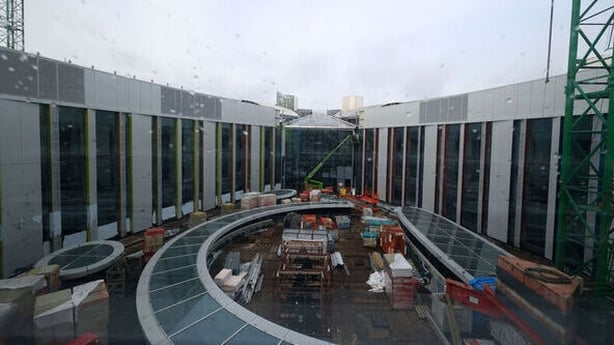
Labour’s Alan Kelly probed the fact that there have been over 23,000 design changes, which he said had added to the delays and cost overruns.
Deputy Kelly described the project as a disaster zone for years and compared it to “room to improve on speed”.
The Committee also heard that BAM have put in €750m in extra claims costs, of which €27m has been paid. Most of the claims have not been awarded. Claims are subject to an adjudication process, and some are before the High Court.
The NPHDB also expressed unhappiness with the number of staff BAM have on site. David Gunning said the number was 1,150 turning up for work each day, which in the Board’s view was 60% of what was desired. But the Board has no power to tell BAM how many workers should be on site.
Late changes
The Committee also heard that there are around 2,000 late changes even now required to the ceilings, to ensure the hospital is fully compliant with fire regulations. These mostly involve 1,200 fire detectors, along with moving some cameras and signs.
Around 60 out of more than 5,000 rooms at the hospital are ready, while 1,600 are close to completion.
Department of Health officials told the PAC that August next year is the earliest that any patients would be admitted to the new facility. This is because it takes about 6-9 months after the building is complete to commission the facility, so that it is operational and can take patients.
PAC chairman, Brian Stanley was aghast at the news that no penalties had been levied against the builders for not complying with the work programme.
If faults arise after building completion, there is a €40m bond in place.
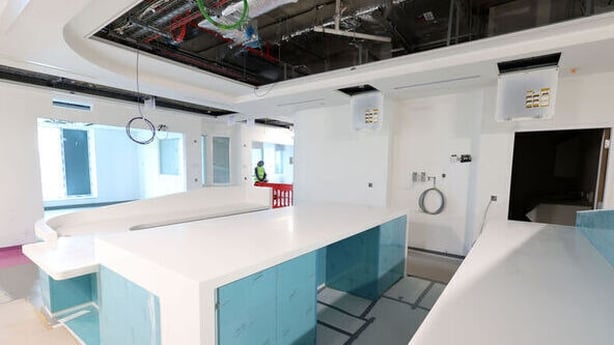
BAM responds to criticisms
BAM is a Tier 1 contractor, with decades of experience in such projects around the world.
On foot of the criticisms at the PAC and elsewhere, BAM said that any suggestion it was deliberately not committing adequate resources to the project, or was slowing down delivery of the hospital, was completely untrue.
It said it had repeatedly highlighted design changes as the primary cause of delays and disruption to the project, which is now over 92% complete.
BAM also said it was obliged under contract to raise any changes with a time or cost implication as a claim.
The builders pointed out that they are a global leader in this sector, working to the highest international standards and have delivered critical infrastructure here over the past 60 years.
In February, the current Government allocated maximum funding of just over €2.2bn for the project. It will be up to the next Government, after the General Election, to decide what to do next.
Obviously, the project cannot be halted at this point and must conclude to the finish line.
Final cost
The final cost of the new hospital will not be known until after it opens. This is because there will be claims costs still to be adjudicated on, some likely in the courts.
Over the years of building, the media, TDs and others have been given tours of the project from inside the facility.
It is an impressive design and whatever about the debates on location, it will have 380 inpatient rooms and 93 day beds.
The St James’s campus is already very busy and getting access to it by car can be very slow.
There are to be 1,000 parking spaces with 675 dedicated for families and 31 emergency spaces.
There is a generation of parents who thought that if their children became ill, they would have access to the most modern new children’s hospital.
But that generation has grown up and it will be their children who may need the care and attention in the new national children’s hospital.
No-one can say when this project will be completed.
While it will be a very fine state-of-the-art hospital, few would disagree that the battle to get it open has been something of an omnishambles.





